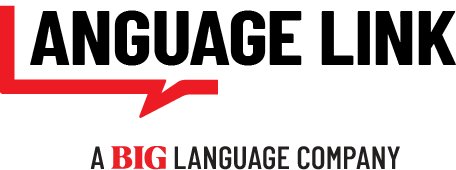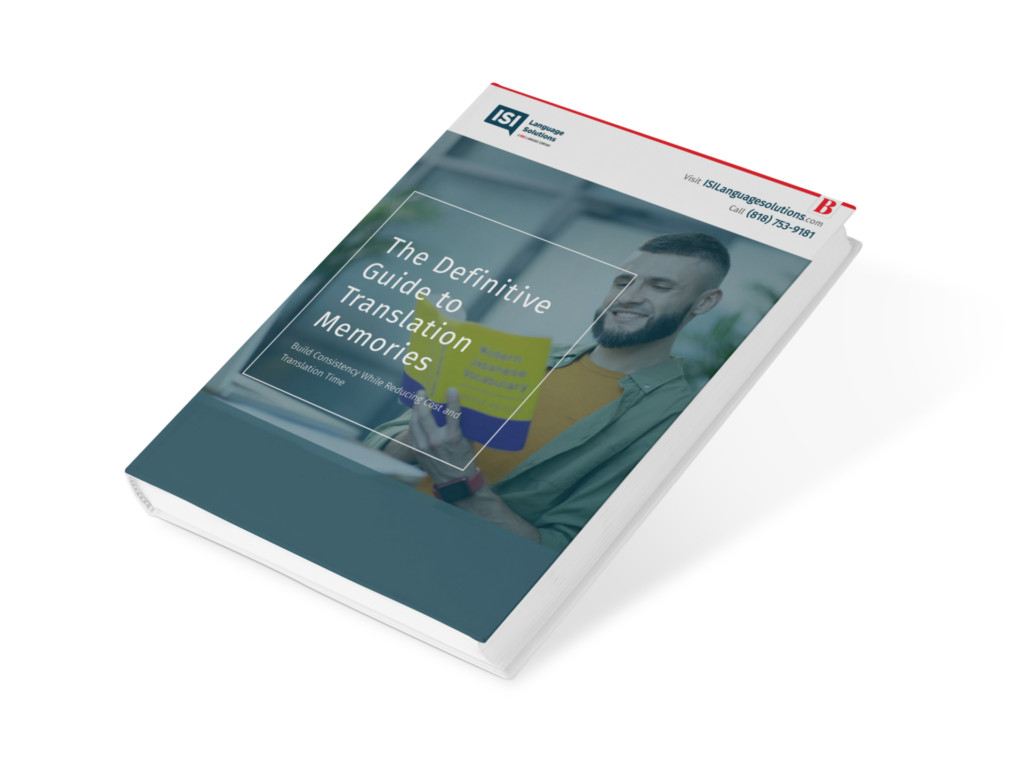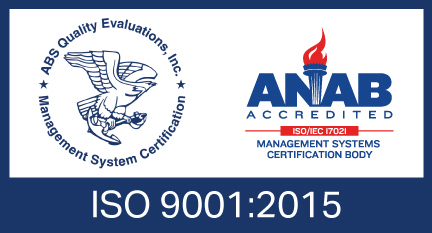If the COVID-19 pandemic has taught us anything, it is that access to healthcare and the associated experience varies wildly depending upon location, technology, and the language you speak. This blog explains how language access services can make the healthcare experience more equitable for users with no or limited English.
Many healthcare plans and providers invested millions into language access prior to the COVID-19 pandemic. Their goal was to make access more equitable and within reach. For some, it was simply the “right thing to do;” for others, the goal was to improve the member and patient experience and to drive revenue growth within the sizable community of users with limited-English proficiency (LEP).
When the pandemic struck, these providers already had a robust, multi-modal solution. For the rest, it became a matter of survival and quick evolution. Changes or improvements that may have taken years or more, happened within months. This enabled these organizations not only to survive but also to thrive—and members and patients benefited from it, too.
But, there is still a long way to go to truly provide equitable access to all patients and communities.

How Improving Language Access Can Help Your Members And Your Organization
To provide a seamless experience for the LEP community, as their native English-speaking peers, we have identified the following four suggested improvements for plans and providers:
- Get your systems connected! Connecting your Electronic Health Record (EHR) system directly to your Telehealth platform will provide a streamlined experience for LEP patients by enabling them to stay within the same system for remote appointments. Same applies to connecting EHR’s to your translation provider’s platform. This will allow your nurses and doctors to more easily access language services for their patients.
- Use technology that your patient population will find easy to use.
Being familiar with how to use technologies and platforms is the surest way to ensure your patients and members will utilize the medical information and service being provided. When considering what to use, keep in mind the most widely adopted platform in use today and ones that mirror that user experience. Android and iOS, Adobe, Google and Microsoft are all widely used. However, be cognizant that socio-economic factors may inhibit technological usage at all. Internet connectivity itself may be an issue. Have a plan to ensure those without the means or the practice will not be subjected to a lesser, holistic experience. - Mirror everything you do in English for your threshold languages… but go the extra step
Each plan and provider has specific threshold languages for which they must provide services, but what about communities outside this mandated group? By considering language access for every community you serve, you can ensure quality health outcomes for all members and patients. This includes everything from documents, websites and signage, to internal training, so all employees (from reception to the CEO) know how to access language assistance on behalf of their patients. If frontline workers are unaware of how to access language assistance, it trickles down to patients and the care they need. - Be culturally aware
Cultural awareness is of the utmost importance, as customs, concerns, and communication vary between cultures. Who someone can talk to and how they talk with them can differ drastically. Some cultures may require only speaking to a male or vice versa. By ensuring staff and interpreters are aware of these nuances, it can enable you to deliver better health outcomes and an improved experience.
Language access is an ever-changing art with lessons learned each and every day. If you’ve had an experience in your organization that you’d like to share, please let us know.

BIG Language Solutions is the fastest growing language service provider in the world and a specialist in language access services for the healthcare industry. BIG has been providing translation and interpretation services to healthcare organizations for over 30 years and is the trusted partner of many leading healthcare plans and providers. We deliver document translation, website localization, and interpretation (phone, video, and in-person) services in over 300 languages and dialects, plus alternative (braille, audio, large print) formats. Find out more about our specialist services for healthcare organizations.








